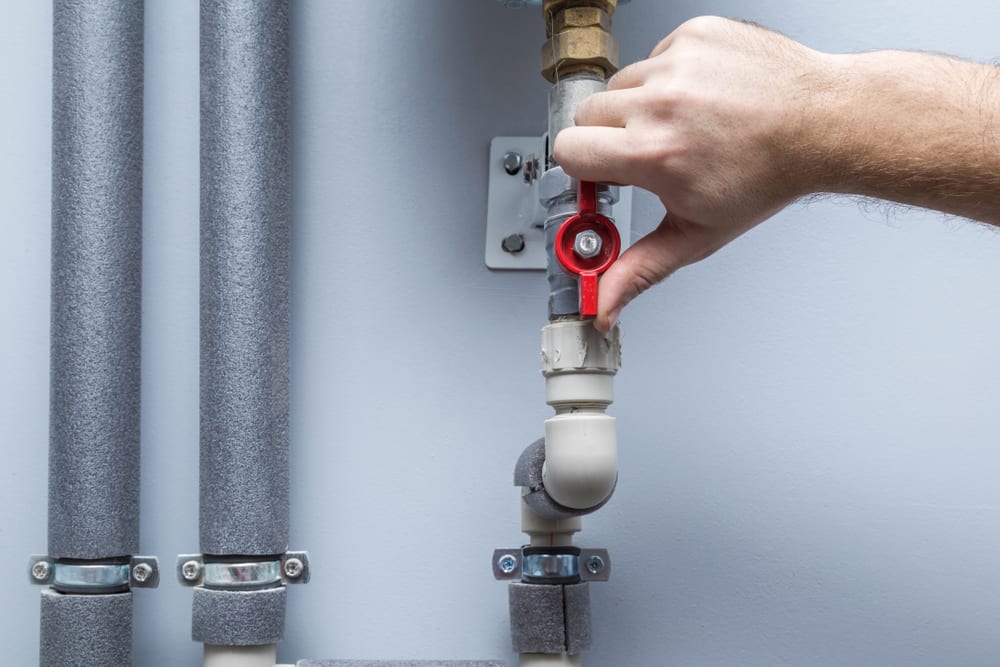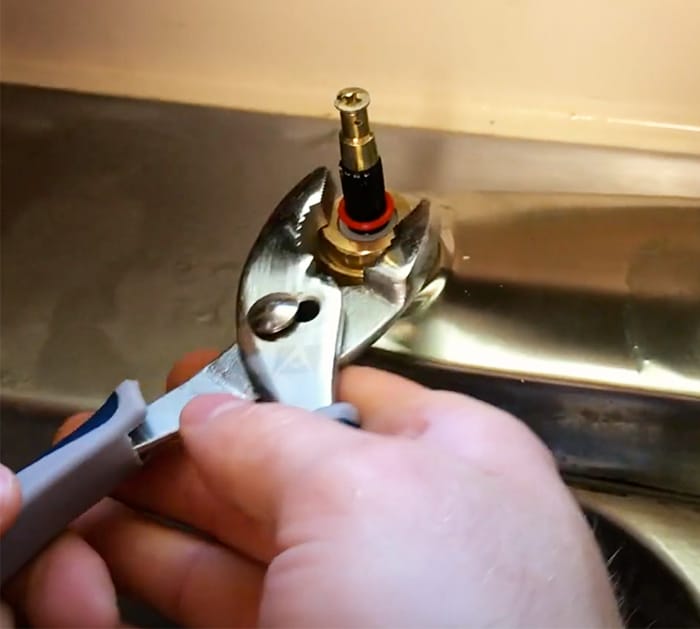Presented here in the next paragraphs you can discover a bunch of really good data in regards to Why It's Important to Fix Leaky Faucets.

Dripping taps might seem like a small trouble, however their effect goes beyond simply the annoyance of the sound. From wasting water to incurring unnecessary monetary costs and health and wellness dangers, overlooking a trickling tap can lead to numerous repercussions. In this short article, we'll look into why it's vital to resolve this typical house concern promptly and effectively.
Waste of Water
Ecological Impact
Leaking faucets add substantially to water waste. According to the Environmental Protection Agency (EPA), a single tap trickling at one drip per second can lose greater than 3,000 gallons of water per year. This not just pressures water resources yet also impacts communities and wild animals depending on them.
Financial Prices
Increased Water Bills
Beyond the ecological influence, trickling taps can inflate water costs substantially. The collected waste gradually equates into higher energy expenses, which could have been stayed clear of with prompt repair services.
Prospective Building Damages
Moreover, long term dripping can cause harm to fixtures and surface areas surrounding the tap. Water buildup can cause staining, deterioration, and even architectural issues if left neglected, leading to additional repair service prices.
Health Worries
Mold And Mildew and Mildew Growth
The continuous visibility of dampness from a trickling tap creates a suitable atmosphere for mold and mildew and mildew development. These fungi not only compromise indoor air top quality however additionally posture wellness dangers, particularly for individuals with respiratory system conditions or allergic reactions.
Waterborne Illness
Stationary water in dripping faucets can come to be a breeding ground for germs and various other pathogens, enhancing the danger of waterborne conditions. Pollutants such as Legionella microorganisms prosper in stagnant water, potentially resulting in serious diseases when consumed or inhaled.
Do it yourself vs. Professional Repair service
Advantages and disadvantages of DIY Repair Work
While some might attempt to fix a leaking tap themselves, do it yourself fixings feature their very own collection of obstacles. Without correct expertise and tools, do it yourself efforts can worsen the concern or result in incomplete repairs, lengthening the issue.
Advantages of Working With a Professional Plumber
Employing a professional plumber ensures that the underlying source of the leaking faucet is resolved efficiently. Plumbers have the knowledge and tools to identify and repair tap concerns successfully, saving time and decreasing the risk of further damages.
Step-by-Step Guide to Repairing a Dripping Faucet
Devices Called for
Before attempting to fix a trickling tap, gather the required devices, including a flexible wrench, screwdrivers, replacement parts (such as washers or cartridges), and plumber's tape.
Usual Tap Issues and Their Solutions
Recognize the kind of tap and the particular problem creating the drip. Common issues consist of damaged washers, rusty valve seats, or damaged O-rings. Refer to producer instructions or online tutorials for detailed guidance on repair work.
Safety nets
Normal Maintenance Tips
To stop dripping faucets, do regular upkeep such as cleansing aerators, checking for leaks, and changing damaged parts promptly. Furthermore, take into consideration mounting water-saving gadgets or updating to much more effective components.
Significance of Prompt Services
Dealing with trickling taps as soon as they're discovered prevents further water wastage and possible damage, ultimately conserving both water and cash over time.
Impact on Home Worth
Understanding of Well-Maintained Residential Or Commercial Property
Preserving a residential or commercial property in good condition, including resolving maintenance problems like leaking taps, enhances its perceived worth and charm amongst potential buyers or renters.
Influence on Resale Value
Qualities with well-kept plumbing components, including faucets, command higher resale values in the realty market. Addressing trickling taps can add to a positive impression throughout building inspections and arrangements.
Environmental Duty
Private Payment to Conservation
Taking duty for repairing trickling faucets lines up with broader initiatives towards water conservation and ecological sustainability. Every person's actions collectively make a substantial impact on preserving valuable sources.
Lasting Living Practices
By focusing on prompt repair work and embracing water-saving behaviors, people add to lasting living practices that benefit both present and future generations.
Conclusion
Dealing with a leaking faucet goes beyond mere convenience; it's a necessary step toward conserving water, lowering monetary costs, and safeguarding health and property. Whether via DIY repairs or specialist support, taking action to deal with leaking faucets is a little yet impactful means to promote liable stewardship of resources and contribute to a healthier, a lot more lasting future.
Most Common Reasons for a Leaky Faucet and How to Stop the Drip
Whether it’s your kitchen faucet leaking or a bathroom faucet leaking, one leaky faucet can waste anywhere from three to 30 gallons of water every single day. If the constant drip-drip-drip doesn’t get your attention, your water bill will. The good news is that, by following a few simple steps, chances are pretty good you can fix the problem yourself.
Why is it dripping?
Before you start taking things apart, let’s break down some of the most common causes of a leaky faucet.
Bad O-ring.
A cartridge is a valve that controls the flow of water into the faucet spout. On cartridge faucets there’s an O-ring—the little disc attached to the stem screw that holds the faucet handle in place. If it’s loose or worn-out, it can cause your sink handle to leak. Of course, the cartridge itself could be worn out. If that’s the case, make sure you replace it with the exact same kind.
Corroded valve seat.
The valve seat connects the faucet and the spout. If the leak seems to be coming from the spout, it might be because a buildup of water sediment has corroded the valve seat.
Worn-out washers or seals.
A leaky spout could be caused by a bad washer that rests against the valve seat. It’s just a matter of time before friction takes its toll. It could also be the wrong size washer or one that’s been installed incorrectly. Water sediments can also corrode inlet and outlet seals.
Water pressure.
If the faucet only drips now and then, or when you turn the handles a certain way, you should probably check your home’s water pressure.
Loose or broken parts.
The adjusting ring and packing nuts in the stream screw can become loose over time, causing your sink handle to leak. Try tightening or replacing the packing nut. If the leak is coming from the pipes underneath the sink, you probably have a broken pipe or fitting. If that’s the case, you should definitely call a plumber.
Know your faucet.
Faucets come in a variety of types. Each one has its own assembly—and its own possible causes of leaks. Learning about the four most common kinds of faucets will help you know how to take them apart and make any repairs.
How to stop a leaky faucet
Fixing that leaky faucet doesn’t have to take a lot of time, money, or expertise. It’s usually a simple matter of replacing a worn-out washer or gasket, a loose O ring, or another part. Chances are really good you can do this yourself if you follow these simple steps.
Shut off the water.
Before you tackle the faucet, cut off the water supply to the sink. There should be one valve for hot and one for cold. Hand-turn them clockwise with your hands till they close. If there are no valves under the sink, head to the basement and shut off the main water supply to the house. Then turn on the faucet until it empties out the water that’s still in the line and you’re ready to start. It’s a good idea to cover the sink drain with a plug or a rag so you don’t lose any small pieces and parts while you’re working.

As a passionate reader on 4 Common Reasons for a Leaky Faucet, I think sharing that piece of content was worthwhile. Appreciated our posting? Please share it. Help another person discover it. Many thanks for going through it.